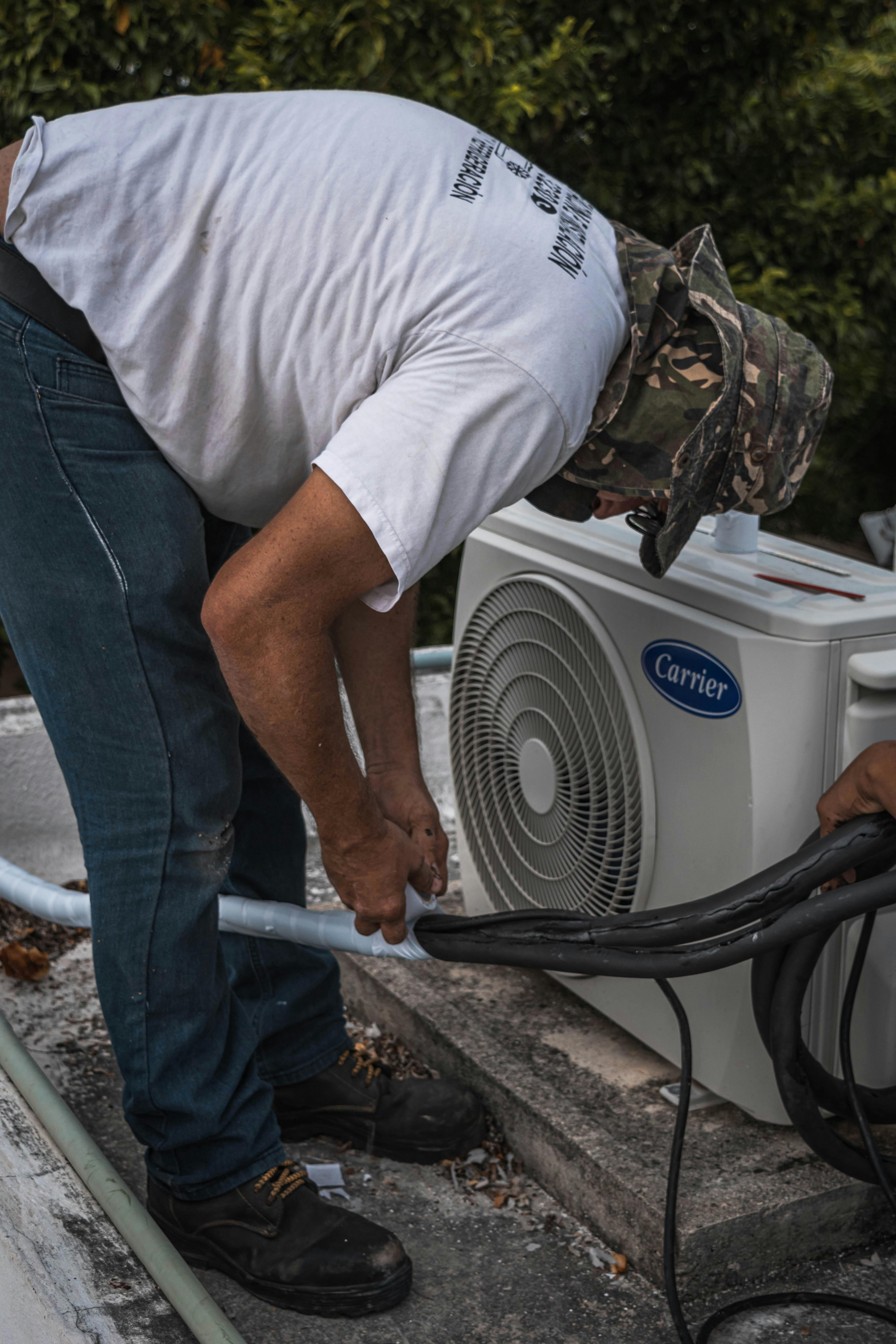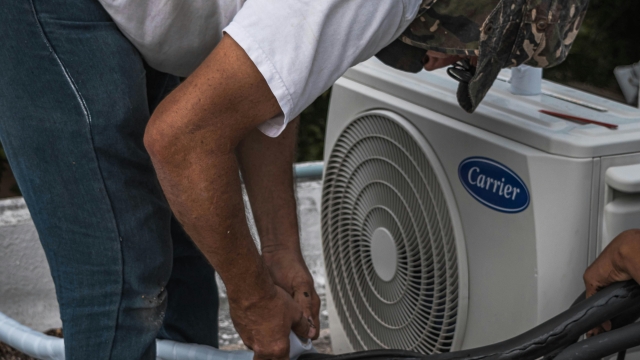
In today’s world, the ability to maintain a comfortable indoor climate is more important than ever. With fluctuating weather patterns and changing seasons, having an effective heating and air conditioning system is crucial for ensuring both comfort and health. Whether it’s the biting chill of winter or the sweltering heat of summer, mastering the art of temperature control allows us to create our personal oasis, no matter what is happening outside.
Heating and air conditioning systems are not just about convenience; they play a significant role in our overall well-being. Properly regulated indoor temperatures can contribute to better sleep, increased productivity, and enhanced mood. Understanding the various options available, as well as the technologies behind these systems, empowers homeowners and renters alike to make informed decisions. As we delve into the intricacies of heating and air conditioning, we’ll explore how to achieve the perfect balance of comfort in any environment.
Understanding Heating Systems
Heating systems are essential for maintaining a comfortable indoor environment, especially during colder months. There are various types of heating systems available, each designed to suit different needs and preferences. The most common types include furnace systems, heat pumps, and radiant heating. Furnaces typically use gas or electricity to heat air, which is then circulated throughout the home. Heat pumps, on the other hand, can both heat and cool spaces by transferring heat from the outside air or ground into the home.
The efficiency of a heating system is crucial for reducing energy costs and minimizing environmental impact. Modern heating systems come with advanced technology, such as programmable thermostats and zoning systems, allowing homeowners to control temperatures in different areas efficiently. Selecting the right system also involves considering the size of the home, insulation levels, and local climate conditions. A properly sized and installed system can significantly enhance comfort and reduce utility bills.
Regular maintenance is vital for the longevity and performance of heating systems. Homeowners should schedule annual inspections to ensure that filters are clean, ducts are in good condition, and all components are functioning properly. Neglecting maintenance can lead to inefficient operation and unexpected breakdowns. By understanding the various heating options, their efficiency, and the importance of maintenance, homeowners can make informed decisions that optimize their indoor climate.
Exploring Air Conditioning Options
When considering air conditioning options, it’s essential to evaluate the different types available to determine which best suits your needs. Central air conditioning systems are popular for their ability to cool an entire home uniformly. These systems use a network of ducts to distribute cool air from a central unit, making them an efficient choice for larger spaces. They also often include heating options, providing year-round climate control.
Another option to consider is ductless mini-split systems. These are ideal for homes without existing ductwork, and they allow for zoned cooling, meaning you can set different temperatures in different rooms. These systems consist of an outdoor compressor and one or more indoor units, making installation flexible and less invasive. Additionally, many ductless systems come with energy-efficient features that help reduce overall energy consumption.
Energy-Efficient Home Heating Services
For smaller spaces or specific rooms, window or portable air conditioners may be the best fit. Window units are mounted within a window frame, effectively cooling individual rooms while being relatively easy to install. Portable units, meanwhile, can be moved from room to room as needed, providing a great solution for temporary cooling needs without permanent installation. Each option has its benefits, and understanding these can help you make an informed choice for optimal comfort.
Achieving Energy Efficiency
To optimize energy efficiency in heating and air conditioning systems, regular maintenance is essential. This includes changing filters, cleaning ducts, and inspecting equipment for any signs of wear or malfunction. Keeping your system in top condition not only extends its lifespan but also enhances its efficiency, reducing energy consumption and lowering utility bills. Seasonal check-ups by a professional can help identify potential issues before they become costly repairs.
Another effective strategy is to invest in a programmable thermostat. These devices allow homeowners to set specific temperature schedules based on their routines, ensuring that heating and cooling systems operate only when needed. By programming the system to lower temperatures when no one is home or during sleeping hours, you can significantly decrease energy usage without sacrificing comfort.
Additionally, considering the installation of energy-efficient systems can yield long-term savings. Look for units with high Seasonal Energy Efficiency Ratio (SEER) and Annual Fuel Utilization Efficiency (AFUE) ratings. Ductless mini-split systems and heat pumps are examples of modern technology that can provide effective heating and cooling while using less energy. By making informed choices about your heating and air conditioning, you can achieve a comfortable living environment while being mindful of energy consumption.



